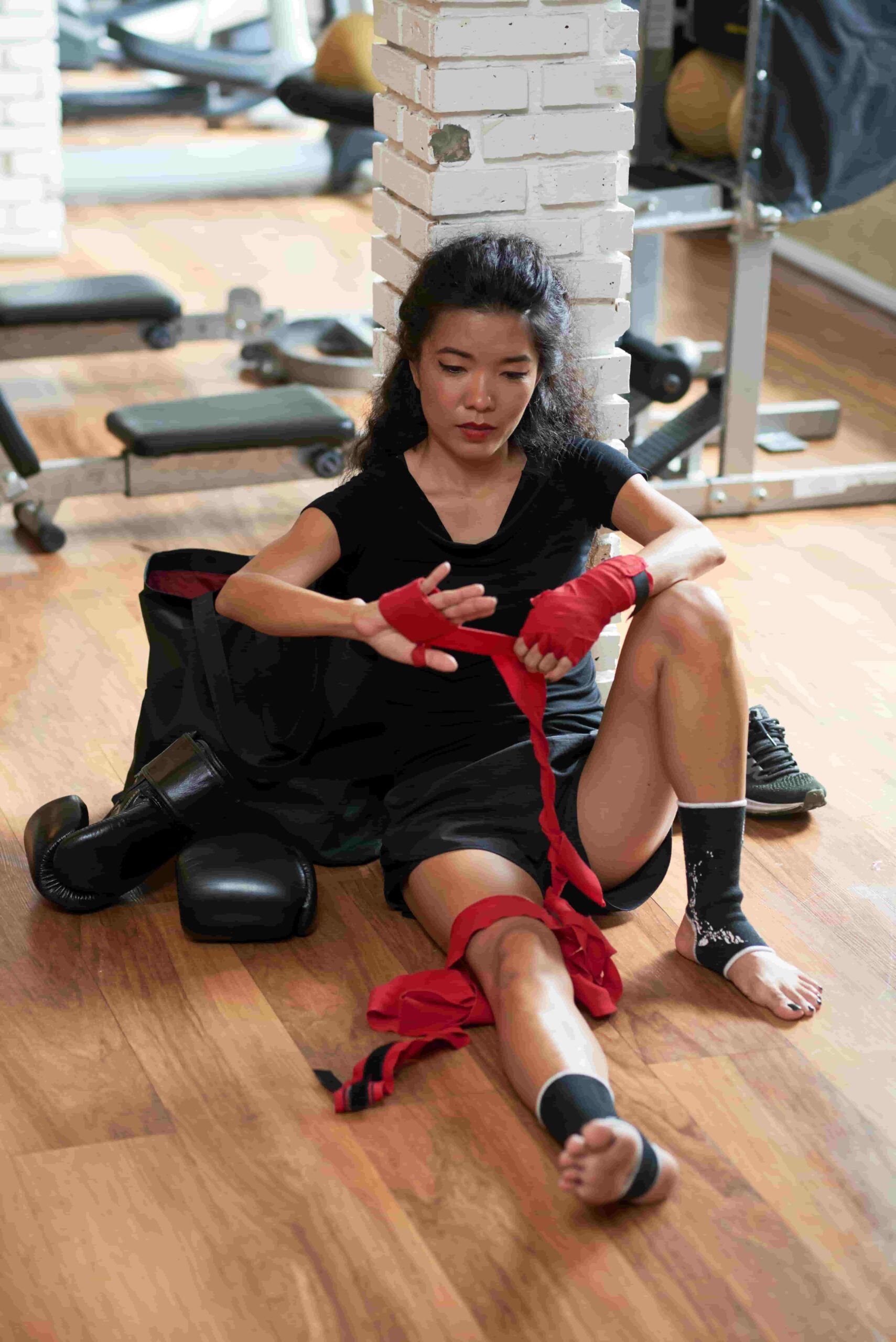How to Prevent and Treat Common Work-Related Injuries
As you know, there are a lot of employees and employers who work to run their house. But, in order to complete their tasks, they have to face some work-related injuries in their workplace. Whether it’s an office, a construction site, or a factory, this can occur anywhere. Here, in this article, you come to know what is work-related injuries, common work-related examples, causes, types, and also what are non-work-related injuries.
What Is Work-Related Injury?
A work-related injury is an injury or a condition that can occur in the workplace. These work-related injuries can disrupt the lives and work of employees. The work environment or the employee’s job responsibilities must be directly linked to these injuries. OSHA (Occupational Safety and Health Administration) states that conditions that worsen as a result of work-related activities are also considered work-related injuries.
What Is Considered as Work-Related Injuries?
There are some points below what is considered as work-related injuries:
- The injury can occur when you are performing or doing any job duties.
- The injury can occur from a particular task or exposure in the site or office.
- The injury can occur on the employee’s premises or during work-related travel.
For instance, back injuries from lifting heavy objects, continuous strain injuries from typing, or injuries by slipping on a wet floor at the workplace.
Common Work-Related Injuries Examples and Types
Here are some common examples of work-related injuries that can change or depend on the type of work or job you are doing. Therefore, here are some types of work-related injuries below:
Scope of Physical Injuries
- Slips and Falls
- Cuts and lacerations may occur as a result of mishandled sharp devices or machines.
- Back and Neck Strains
Repetitive Stress Injuries (RSI)
- Wrist movement causes Carpal tunnel Syndrome.
- Any muscle or joint tendons may suffer from overuse syndrome, which leads to tendonitis.
Exposure Injuries
- Hearing Impairment
- Respiratory problems result from the ingestion of harmful gases, dust, or chemical substances
Behavioral Health Conditions
- Occupational Stress
- Exhaustion
Non-Work-Related Injuries
Injuries are incidents that every person suffers from once in a while. But it is worth noting that not every injury can be classified as a work-related injury. Also, there are non-work-related injuries that happen outside the workplace.
Non-Work Related Injuries Example:
- At home, accidents can occur; for instance, while taking a shower, you may slip and fall, or if you are jogging, you may twist your ankle.
- One may also suffer injuries from activities such as sports or any other work for contribution to oneself.
Causes of Work-Related Injuries
Understanding the causes of work-related injuries is critical to their prevention. Here are some common reasons for the occurrence of such injuries at places of work.
Unsafe Work Environments: If your workplace is not managed properly, this can be the reason for your injury. For instance, if the floor is wet, there are exposed wires or the office has faulty equipment, these can become the major reasons that can lead to accidents.
Lack of Training: If employees do not have correct or proper training in operating machines or using any dangerous materials, it can increase the risk of work-related injuries.
Poor Ergonomics: If your workstation is not well ergonomically designed, it can lead to repetitive stress injuries or musculoskeletal disorders.
Fatigue and Overwork: if employees are very tired, they will not be in proper consciousness. This can increase the risk of more mistakes and accidents. Also, employees who are doing overtime or working for long hours without any rest increase the risk.
Neglecting Safety Procedures: If you are not following the safety protocols properly, like not wearing protective gear, it can exceed the risk of injuries.
How to Prevent Work-Related Injuries
Now, if you are an employee and you are the person who earns for your family, any injury can lead to serious problems that can disrupt the workflow. Therefore, it is important to have knowledge about preventive measures for work-related injuries. Here are some tips for both employers and employees to prevent work-related injuries:
- Provide Proper Training: Employees should be given regular training sessions on how to operate machines or use equipment safely.
- Maintain a Safe Work Environment: Employers should ensure that the workplace has a safe work environment that is free of any accidents.
- Use Personal Protective Equipment (PPE): You can use some personal protective equipment, like helmets, gloves, masks, and other equipment. It would be beneficial to you in lessening the risk of work-related injuries.
- Implement Ergonomic Solutions: The workplace should have comfortable and adjustable chairs and desks and proper lifting techniques.
- Encourage Breaks: Employees should take some breaks or rest between work intervals to prevent fatigue and get energetic again.
Conclusion
At Dr. Geetanjali’s PhysioWorks, we understand the impact of work-related injuries on your physical health and productivity. By giving you proper personalized physiotherapies and treatments with preventive care plans, we aim to help you. Our goal is to provide you with the best treatment for any type of work-related injury. With us, you will recover quickly and regain your mobility soon.
We do everything from treating back pain to treating repetitive stress injuries; our team of experts specializes in providing you with tailored solutions that can meet your special needs.
Also Read This Blog – Wrist Pain

